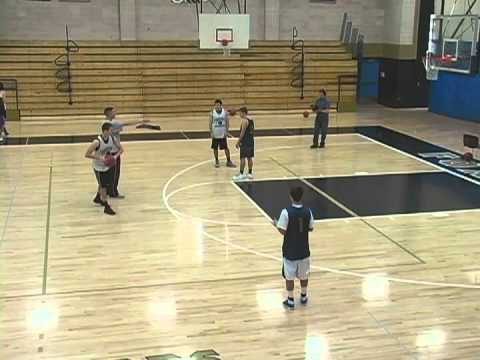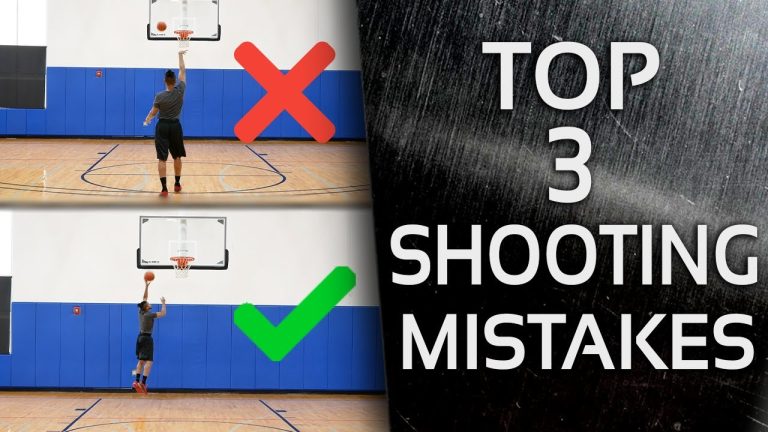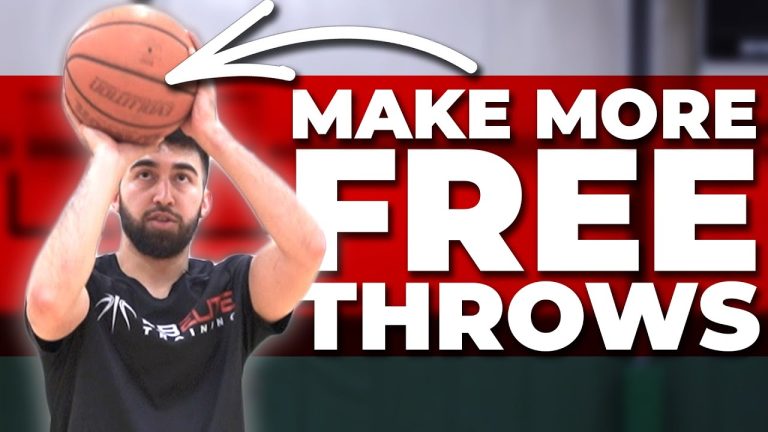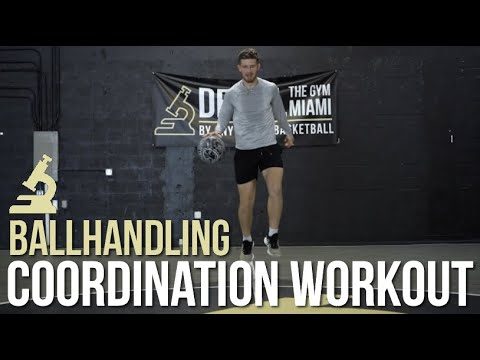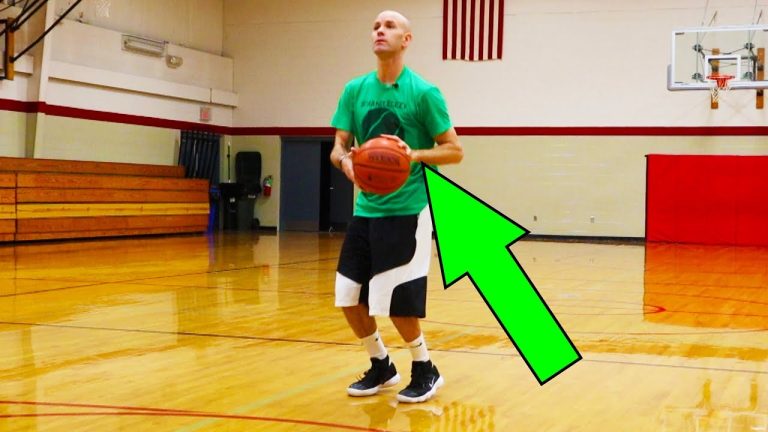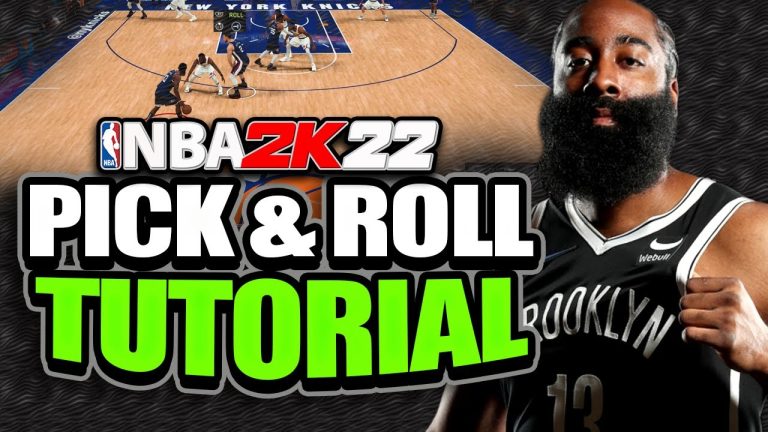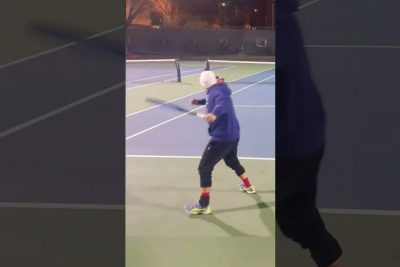In the game of basketball, success often hinges on the ability to secure rebounds. A team’s prowess on the glass can be a game-changer, as it provides crucial second-chance opportunities and limits the opposition’s scoring chances. That’s why smart coaches and players recognize the importance of scouting opponents’ rebounding tendencies. By meticulously studying their rivals’ approach to crashing the boards, teams can gain a competitive edge and devise effective strategies to outmaneuver them. In this article, we delve into the art of scouting rebounding tendencies and how it can make all the difference on the court.
How can rebounds be predicted?
When it comes to predicting rebounds, the location of the shooter plays a crucial role. In the case of bank shots, the likely rebound position is near the hoop. However, for long-range direct shots, the rebound position is also close to the hoop, but the rebound distance tends to increase proportionally with the shot distance for short- and medium-range direct shots. By considering these factors, one can gain valuable insights into where the ball is likely to rebound during a game.
Understanding the dynamics of rebounds requires careful analysis of shot types and distances. The proximity of the hoop is a key factor in predicting rebound positions. Bank shots tend to result in rebounds near the hoop, while long-range direct shots also have a high likelihood of rebounding close to the hoop. However, it is important to note that for short- and medium-range direct shots, the rebound distance appears to be directly proportional to the shot distance. By recognizing these patterns, basketball enthusiasts can enhance their ability to anticipate rebounds and make informed strategic decisions in the game.
What is the most common direction for rebounds to go?
The secret to securing rebounds lies in understanding their trajectory. When a shot is taken, the majority of rebounds tend to bounce to the opposite side of the rim. To seize this opportunity, it is crucial to anticipate the rebound’s path and swiftly sprint towards the opposite side of the basket. For instance, if the ball is shot from the right-wing, make a beeline for the left side of the rim. Similarly, when the ball is released from the left corner, ensure you quickly move to the right side of the rim. By strategically positioning yourself, you increase your chances of claiming those coveted rebounds.
Mastering the art of rebounding involves seizing the moment and reacting with precision. Understanding the dynamics of rebounds is key to achieving this. In the majority of cases, rebounds tend to bounce towards the opposite side of the rim from which they were shot. This valuable insight allows players to strategize and make calculated moves to secure the rebound. For instance, when a shot is taken from the right-wing, immediately sprint towards the left side of the rim. Conversely, if the ball is released from the left corner, swiftly move to the right side of the rim. By capitalizing on this knowledge, players can position themselves strategically and maximize their chances of successfully grabbing rebounds.
What does opposition analysis in football entail?
Opposition analysis in football is a strategic approach that involves studying an opponent’s playing style and assessing their strengths and weaknesses. By utilizing data and video analysis, teams can gain valuable insights into their opposition’s tactics and make informed decisions accordingly. This practice has become increasingly common in modern football, with many clubs employing specialized opposition analysts to enhance their competitive edge.
The primary objective of opposition analysis is to identify patterns and tendencies in an opponent’s gameplay. Through a meticulous examination of their previous matches and performance data, teams can uncover valuable information about their rival’s preferred formations, key players, and tactical strategies. Armed with this knowledge, teams can develop tailored game plans and make strategic adjustments to exploit their opponent’s weaknesses while neutralizing their strengths.
A skilled opposition analyst plays a crucial role in helping a team gain a competitive advantage. By meticulously dissecting an opponent’s playing style and identifying their patterns and vulnerabilities, an analyst can provide valuable insights and recommendations to the coaching staff. This data-driven approach allows teams to make informed decisions and devise effective strategies that can potentially lead to victory on the football pitch.
Decoding the Game: Mastering the Art of Analyzing Rebounding Tactics
Paragraph 1:
Rebounding in basketball is a vital aspect of the game that can greatly influence the outcome of a match. It requires a combination of skill, strategy, and anticipation. Understanding the various rebounding tactics employed by teams can give players a significant advantage on the court. By mastering the art of analyzing these tactics, players can improve their own rebounding ability and contribute to their team’s success.
Paragraph 2:
One of the key aspects of analyzing rebounding tactics is studying the positioning and movement of players on the court. Observing how players position themselves in relation to the basket and their opponents can provide valuable insights. Additionally, analyzing the movement patterns of players during rebounds can help identify their strengths and weaknesses. By understanding these factors, players can anticipate where the ball is likely to go and position themselves accordingly.
Paragraph 3:
Furthermore, analyzing the timing of rebounds is crucial in mastering the art of rebounding. Timing plays a crucial role in successfully grabbing rebounds, as it allows players to exploit their opponents’ weaknesses. By closely observing the timing of jumps and leaps, players can determine the optimal moment to make their move and secure the ball. This skill, combined with a thorough understanding of positioning and movement, can significantly improve a player’s ability to dominate the boards.
Overall, decoding and mastering the art of analyzing rebounding tactics requires a keen eye for detail and an understanding of the game’s dynamics. By studying the positioning, movement, and timing of players, individuals can enhance their own rebounding ability and contribute to their team’s success on the basketball court.
Unmasking the Competition: Revealing the Secrets Behind Opponents’ Rebounding Techniques
Unmasking the Competition: Revealing the Secrets Behind Opponents’ Rebounding Techniques
1. In the world of basketball, rebounding is a crucial aspect that can make or break a team’s performance. Understanding the rebounding techniques of opponents is vital to gaining a competitive edge. By closely analyzing their strategies, players can learn to anticipate their moves, disrupt their rhythm, and ultimately dominate the game. Unmasking the competition’s rebounding secrets allows teams to develop effective countermeasures and enhance their overall performance on the court.
2. The art of rebounding is not just about height or athleticism; it’s a skill that requires keen observation and tactical execution. By unmasking the competition’s rebounding techniques, players can decipher the patterns and tendencies of their opponents. This knowledge enables them to position themselves strategically, anticipate the trajectory of the ball, and outmaneuver their rivals. Unveiling these secrets gives players a significant advantage, as they can exploit weaknesses and capitalize on opportunities to secure crucial rebounds.
3. Unmasking the competition’s rebounding techniques is a game-changer in the world of basketball. It allows teams to break down the barriers of uncertainty and gain a deeper understanding of their opponents. By studying their techniques, coaches can devise effective training programs and strategies to neutralize their adversaries’ rebounding prowess. Armed with this knowledge, players can adapt their own techniques, refine their skills, and become more dominant on the court. In the relentless pursuit of victory, unmasking the competition’s rebounding secrets is a crucial step towards achieving success.
The Rebound Revelation: Unlocking the Hidden Strategies of Rival Teams
Title: The Rebound Revelation: Unlocking the Hidden Strategies of Rival Teams
Paragraph 1:
In the fiercely competitive world of sports, the rebound has become a revelation, a game-changer that can turn the tables within seconds. Unlocking the hidden strategies of rival teams, teams are now harnessing the power of rebounds to gain a vital edge. The rebound, often overlooked in the heat of the game, has become a cornerstone of success, holding the key to unlocking the untapped potential of a team’s performance. By meticulously analyzing the techniques employed by rival teams, coaches and players alike are uncovering the secrets of rebound mastery, revolutionizing their approach to the game.
Paragraph 2:
Gone are the days when rebounds were merely left to chance or physical prowess. Today, teams are employing advanced analytics and innovative training methods to unlock the true potential of this game-altering technique. These hidden strategies involve not only perfecting the art of positioning and timing but also leveraging cutting-edge technology to gain a competitive edge. By identifying patterns and tendencies, rival teams can now exploit weaknesses in their opponents’ rebounding game, turning what was once a liability into a devastating weapon. As the rebound revelation unfolds, coaches, players, and fans alike are witnessing a new era of strategic brilliance, where the mastery of rebounds holds the key to unlocking victory on the court.
In the world of basketball, success often hinges on the smallest details. Understanding and capitalizing on opponents’ rebounding tendencies can be the difference between victory and defeat. By meticulously scouting and analyzing their strategies, teams gain a competitive edge, enabling them to anticipate plays and position themselves for crucial rebounds. This meticulous attention to detail not only showcases a team’s dedication to excellence but also enhances their chances of securing victory on the court.

